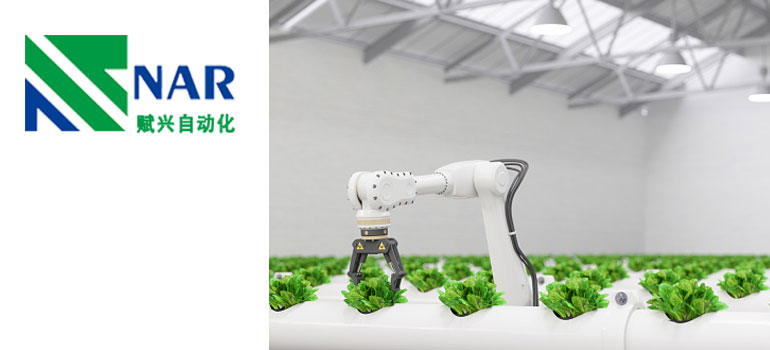Summary:
Everything You Need to Know About Food Robots?
what is a food robot?
what are the important components of the robot system?
what are the applications of food robots?
what advantages does the use of food robots bring?
Food robots are constantly applied to solve a series of services in the food industry, such as production, processing and packaging.
With the increasing global food industry, it is not surprising to introduce food robot technology to help food production change more efficiently.
How much do you know about the use of food robots?
What is a food robot?

Food handling robots generally refer to food industrial robots.Through programming, it is a multi joint manipulator or multi degree of freedom machine device facing the industrial field. And it can automatically perform work and is a machine that realizes various functions by its own power and control ability.
What are the important components of the robot system
Food handling robots is a complex system, and the most critical part is the “end effector”. The end effector is a part that directly contacts with food. It can be customized into actuators of different shapes according to the characteristics of food.
For example, soft grippers are used to handle sensitive food such as fruits and vegetables, and vacuum grippers are used to handle delicate or irregular items.
In order to better handle food materials, the end effector is divided into the following ways to grab food.
Top surface Grab: when processing fresh food, it may leave traces on the surface of the product.
Side grasping: when grasping an object from the side, the size of the object must be known, and the grasping hand must have sufficient strength to grasp it successfully. The gripped object will be enclosed in the gripper, and the placement accuracy will be higher.
Bottom surface grasping: when cooking food with a spatula in the kitchen, it is often seen that food is only processed from the bottom surface. However, this method is not widely used in automation systems because there may be instability or slippage during high-speed translational motion.
What are the applications of food robots?
Food handling robots mainly have the following applications:
Packaging and palletizing: packaging food into packaging paper, containers or sealed containers.
Food distribution: set up procedures, equipped with alarms and cameras, which can realize remote operation and deliver orders to consumers.
Catering service: robots greet customers, send dishes to the table and cook food.
What advantages does the use of food robots bring
The application of robot technology will bring many benefits to enterprises. It can reduce labor force and reduce industrial injury. Some people can’t operate with robots.
In addition, the use of food handling robots can improve productivity, order fulfillment speed and accuracy. It is possible to increase the uptime and reduce the cost.
Increase productivity. The assembly line in the general food field needs the assistance of multiple workers, and the speed of the assembly line is greatly affected by human factors.
If there is a lack of personnel, the process of the whole production line will be slowed down, and industrial robots can carry out continuous production.
You only need to set according to the assembly line and the processed products to carry out food processing. The production efficiency is two to three times that of the manual assembly line.
The processed food has high safety.The artificial assembly line processing of food is greatly affected by human factors, and even daily disinfection will cause food pollution.
When industrial robots enter the production line and rely on mechanical equipment to process food, the company only needs to properly clean each machine to avoid pollution.
And the latest models of robots can be thoroughly rinsed regularly to improve food safety.
Reduce enterprise costs.With the continuous improvement of labor cost, enterprises are facing relatively large labor expenditure, and industrial robots only need early investment.
Industrial robots are properly maintained in daily operation, with a service life of up to decades.
According to the actual situation of the enterprise, one worker can operate multiple industrial robots at the same time, greatly reducing the cost of the enterprise.
In general, food robots can bring many benefits to a series of enterprises.With the emergence of further development, this will help the customization of robot tasks, which can improve the output of products and the overall output, while reducing the dependence on manual labor and related costs.
